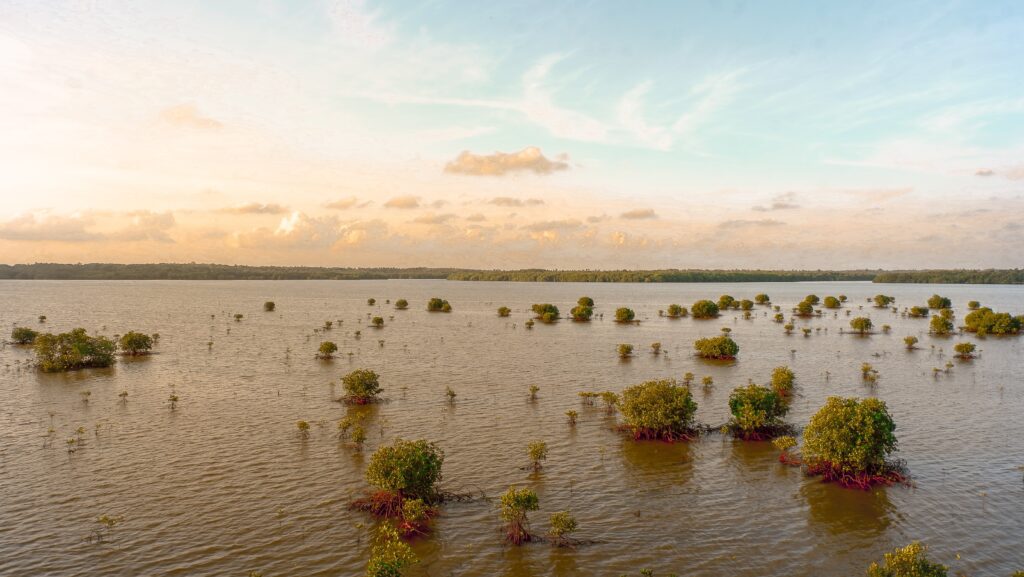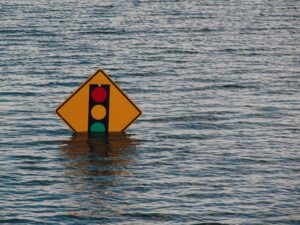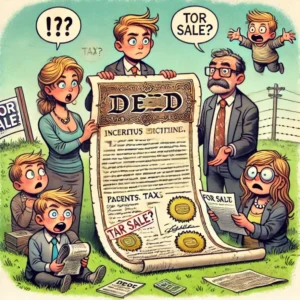
If you’re looking for a property, especially in an area you’re not very familiar with, it’s always a good idea to check if the property is in a flood zone among your other research.
We always are sure to check if our properties are in a flood zone so we can accurately convey that information to our buyers!
There are different flood zones and each have varied levels of severity. This can be important because while the property may not be at imminent risk throughout most years, you may still want to purchase insurance in the event that there is a dreaded flood there. Alternatively, you may want to avoid a flood zone area altogether and not purchase there!
First things first, the best source to find out if the property you’re interested in is in a flood zone is to visit the website for the Federal Emergency Management Agency (FEMA as it’s better known).
If you visit at the link above, you can enter the address or latitude and longitude coordinates in order to find the area you are looking for. Be sure if you are entering the coordinates to enter longitude first and then latitude or you will not be able to pinpoint the location.
Once you enter that information, the website will automatically generate a response to let you know what flood zone, if any, the property is in.
There are a few different flood zones. Let’s discuss some of the main ones.

High Risk Flood Zones
High risk flood areas have a 25% chance of flooding over the course of the average mortgage term of 30 years. Because of this, lenders generally require you to have flood insurance. Although it’s a requirement and 25% seems low, it’s really not over a 30 year term.
How terrible would it be to be about to pay off that mortgage and your home floods that year and you are completely without insurance?
That being said, you may want to avoid a high risk area altogether. So always check flood risks, especially in areas close to bodies of water or where it rains heavily and often.
On FEMA’s website, high risk flood zones are denoted with either an A or a V.

Moderate to Low Risk Flood Zones
In moderate to low risk flood zone areas, insurance is not federally required because these areas are outside the 1% annual flood risk, but it is highly recommended. The risk is not as high as zones A and V, but moderate to low flood areas make up 20% of the National Flood Insurance Program claims. So although risk is reduced, being safe rather than sorry in these flood areas is best.
FEMA shows moderate to low risk flood zones as B, C, X, or a shaded X.

Undetermined Flood Zones
Undetermined flood areas are areas where there has been no analysis conducted to assess flood risk therefore a flood risk could still exist.
So in other words, it’s very possible for a flood to occur in the area, the risk is just unknown. It could be low or high, but it remains undetermined.
So, although like the moderate to low flood zone areas, these undetermined areas do not require flood insurance, it may still be a good idea to consider it and at least discuss with others in the community who have been there a while or do some research on flooding in the area over the years.
FEMA shows undetermined flood zone areas as letter D.

Final Thoughts
There are other flood zone areas that are more specific provided by FEMA. Always look into this before purchasing property, ask whomever your contact person is whether it be a realtor or for sale by the owner like we are!
It’s always a good idea to be prepared and have the time to decide how much of a risk you want to take, big or small, and then how to prepare for that risk as well!



